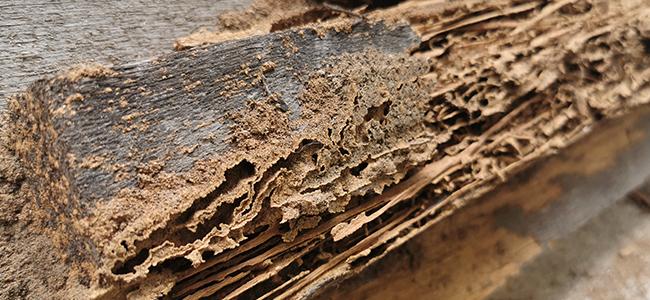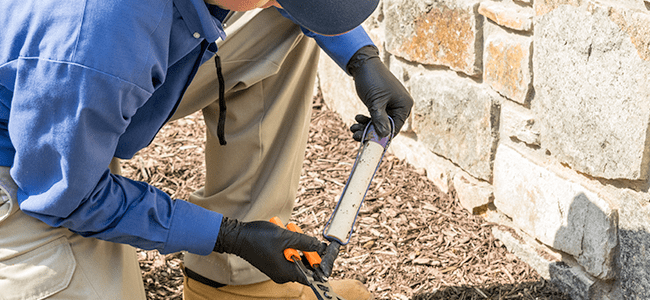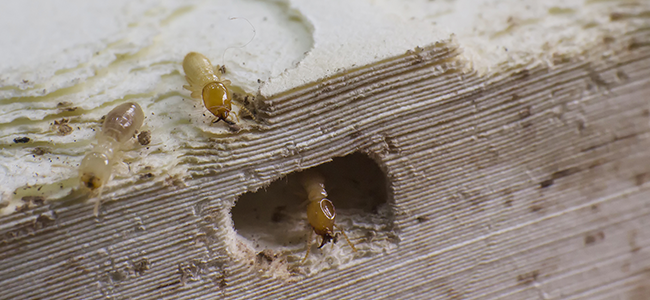
What Every Radford Resident Should Know About Termite Control
01/17/2022
Find out what you need to know about termite control in Radford. ...
READ MORE >

Termites are called "silent destroyers" for good reason. They can sneak up from the ground, silently and unseen, and begin eating away at the wooden structure of your home completely undetected for many years. It happens all the time. In fact, termites cost home and business owners in the United States over $5 billion each year. But, with a little education and know-how, you do not have to be a part of that statistic. In this article, we are going to explore the warning signs termites typically leave behind. They may be hidden, and they may be subtle, but with a little effort and patience, they can be found. (That is if there are any termite signs to be found in your home.)
While this extensive list of signs may make it seem like spotting a termite infestation should be obvious, this is not usually the case. These silent (and unseen) destroyers can eat away at a home for years without anyone ever having a clue what is going on. At American Pest, we have trained pest control technicians who are highly educated in the habits and habitats of termites. They will crawl into the tight spaces where evidence is often found, and do the "literal" dirty work to inspect for the signs these home-destroying critters leave behind. If you would like to schedule a termite inspection, reach out to us today. We look forward to serving you.

01/17/2022
Find out what you need to know about termite control in Radford. ...
READ MORE >

12/17/2021
Termites can cost you thousands of dollars in repairs. Find out what termite damage looks like in Virginia homes, as well as how to avoid it, by re...
READ MORE >

10/20/2021
What's yellow and white and orange all over? None other than these sneaky insects with a penchant for wooden objects! ...
READ MORE >

08/20/2021
What has six legs, two antennae, and insatiable hunger for wooden items in your home? If you said termites, you'd be right!...
READ MORE >

Protect your home and family from nuisance and potentially damaging pests with a Preferred Care home pest control plan. Starting at $49/month

Don't let the bed bugs bite a second longer. Contact American Pest for the most comprehensive bed bug control in the industry. Learn More

Our certified rodent control pros will put an end to your frustration by getting rid of rats and mice inside your home. Learn More

Say goodbye to wood-destroying termites in your home when you contact American Pest for expert termite control. Learn More

Trust American Pest to deliver professional backyard tick control services that are guaranteed to get results. Learn More

Don't spend the warm-weather season indoors, find out how American Pest's professional treatments get rid of mosquitoes. Learn More
Fill out the form and recieve feedback in less than 5 minutes. For immediate service please call.